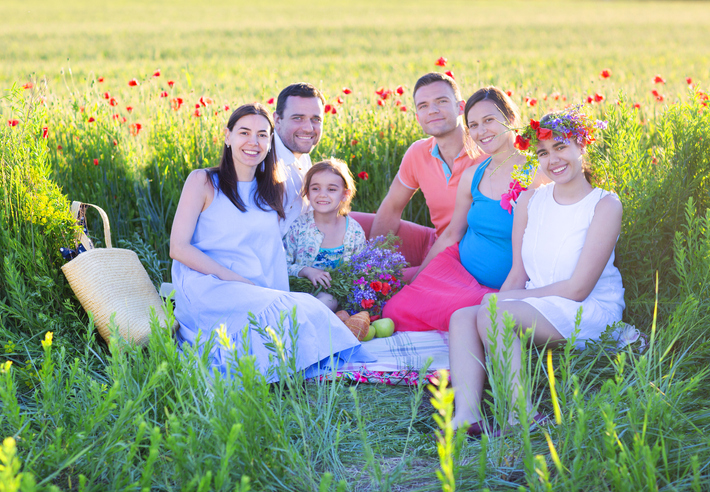
People living in common-law relationships, people living in same sex relationships and children who are the result of assisted reproduction are all now fairly common. Just when we are all becoming used to people living in these relationships that do not conform to the traditional husband and wife model a whole new type of relationship has emerged as some people are now choosing to live in “polyamorous” relationships. These are relationships where people are involved in more than one intimate relationship at a time.
Is polyamorous relationship marriage legal in Canada?
British Columbia is the province that has legislation most friendly to these relationships and the question is how does the BC Family Law Act apply to parenting time, child maintenance, spousal maintenance and the division of property in a polyamorous relationship.
An article written by John-Paul Boyd and published in The Lawyer’s Daily on September 7, 2017 describes some of the issues which we will be facing:
“the Family Law Act defines “spouse” as including married persons, as well as persons cohabiting with another person. “Parent” includes birth mothers and biological fathers, but when an assisted reproduction agreement is executed prior to conception, it may also include a third-party donor of sperm, a donor of ova and the spouse of a surrogate mother, plus up to two people who intend to be parents. “Guardian” includes one or both biological parents, in most circumstances, as well as anyone made a parent by an assisted reproduction agreement and other persons appointed by the court.
A child may accordingly have up to six parents, all of whom may be guardians, plus as many other guardians as the court cares to appoint, all of whom may share some or all parenting responsibilities. As in Alberta, all parents and guardians may be liable to pay child support. The situation in B.C. with respect to spousal support and the division of property is, however, very different.
Although the Family Law Act defines a spousal relationship in terms of pairs — “a person who is married to another person” and “a person who has lived with another person in a marriage-like relationship” — the act does not restrict how many simultaneous spousal relationships a single person can concurrently enjoy. Nothing prevents a person from living with and qualifying as a spouse to more than one person at a time, although only one of the person’s spousal relationships may be a marriage. As a result, where a person leaving a polyamorous relationship can demonstrate that he or she is entitled to receive spousal support, all other persons qualifying as spouses in that relationship may be obliged to pay it.
With respect to the division of property, B.C. stands with Saskatchewan and Manitoba in extending matrimonial property rights to unmarried couples, and anyone qualifying as a spouse has a presumptive entitlement to “an undivided half interest in all family property” upon separation.
Although the language of the Family Law Act assumes the existence of only one spousal relationship — apparently redounding to the benefit of the first spouse to leave a polyamorous relationship — I expect that a court faced with reconciling the property interests of multiple spouses would adopt a large, liberal and purposive interpretation of the legislation and conclude that the interest intended by the legislation is an equal interest rather than a half interest.”
What all of this means, from a family law perspective, is that child maintenance may be payable by more than one parent, spousal maintenance may be payable or received by more than one spouse and property may be divided between several people instead of just two.

Deborah A. Todd
